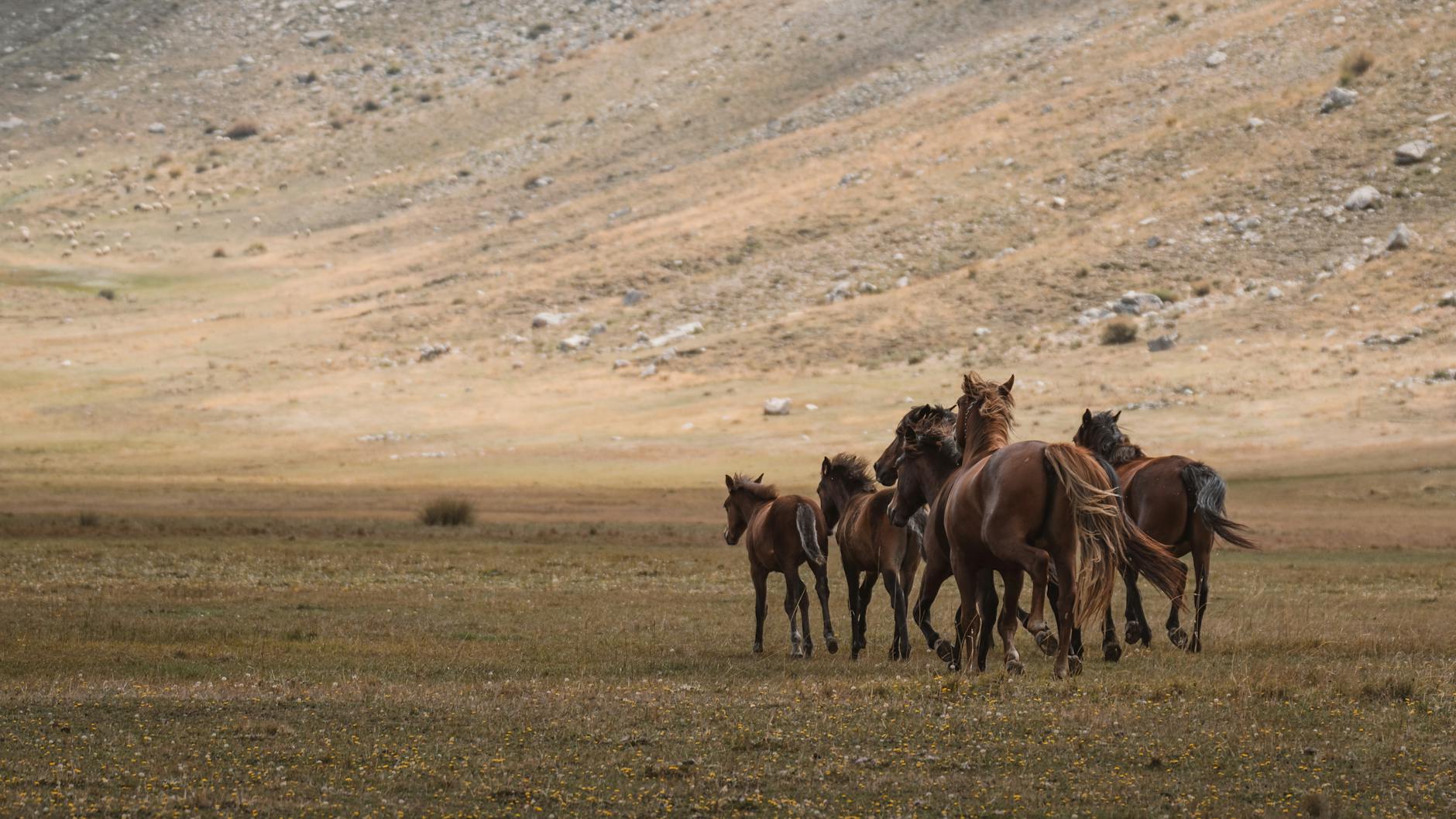The fate of wild horses in the Western plains is hanging in the balance as a legal battle unfolds in the 10th U.S. Circuit Court of Appeals.
At the heart of the dispute is a clash between those who see wild horses as symbols of the American West and those who view them as pests competing with livestock for resources.
Advocates for wild horses are challenging a recent court decision that would allow the federal government to significantly reduce the size of wild horse herds in Wyoming. The Bureau of Land Management (BLM) has proposed rounding up nearly 5,000 animals and placing them in long-term holding facilities.
Bruce Wagman, a lawyer representing wild horse conservation groups, argues that the government has failed to follow proper procedures and has not adequately considered alternative population control methods, such as contraception. He contends that these actions violate the BLM’s obligations under federal law.

The BLM, however, faces a difficult task. The agency is tasked with managing wild horse populations while also balancing the interests of private landowners who graze livestock on the same land. This delicate balancing act has been complicated by the checkerboard pattern of land ownership in the region, which has made it difficult to control the movement of wild horses.
The case has drawn significant attention from both sides of the issue. Wild horse advocates argue that the government’s plan would decimate the herds and set a dangerous precedent for the future of wild horse conservation. Meanwhile, private landowners contend that the growing wild horse population is damaging their grazing lands and threatening their livelihoods.
The outcome of the case could have far-reaching implications for the future of wild horses in the United States. It will also test the ability of the federal government to balance competing interests and manage natural resources in a complex and changing environment.

